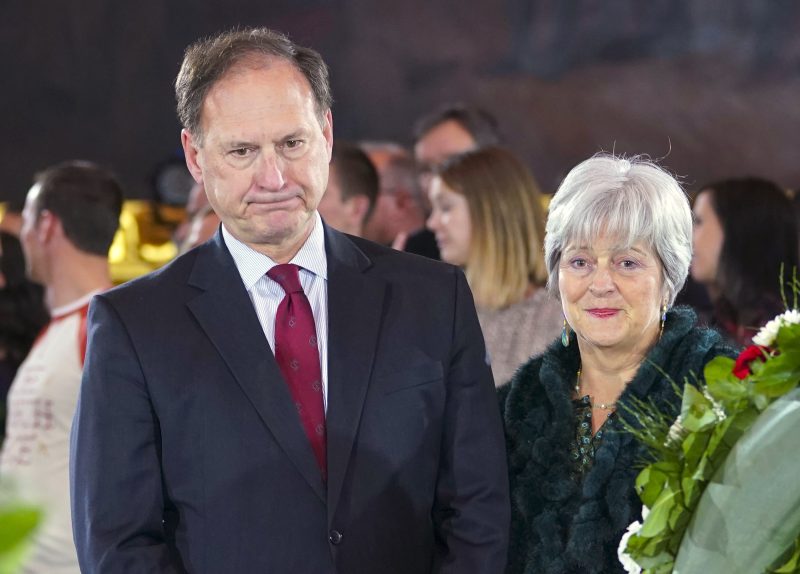Upside Down Flag: A Symbol of Distress or Disrespect?
The recent controversy surrounding the wife of Justice Alito and her display of an upside-down American flag has sparked a heated debate regarding the symbolism behind this act. Traditionally, an upside-down flag is internationally recognized as a distress signal, indicating that an individual or group is in need of urgent assistance. However, the interpretation of this symbol is not as straightforward as it seems.
While some argue that the upside-down flag represents a cry for help, others view it as a sign of disrespect towards the nation and its values. The context in which the flag is displayed plays a crucial role in determining its meaning. In the case of Justice Alito’s wife hoisting the upside-down flag, it was done as a protest against what she perceived as an unjust legal system.
The act of using the American flag as a form of protest is not a new concept. Throughout history, individuals have employed flags as a means of expressing dissatisfaction or challenging the status quo. In this sense, the message conveyed by displaying an upside-down flag could be seen as a form of political dissent rather than a call for help.
Furthermore, the interpretation of symbols is deeply subjective and can vary greatly depending on an individual’s perspective. What may represent distress for one person might symbolize defiance or resistance for another. The complexity of human interpretation makes it challenging to definitively label the upside-down flag as solely a distress signal or a symbol of disrespect.
It is essential to consider the diversity of opinions and experiences that shape our understanding of symbols and their meanings. The debate surrounding the upside-down flag serves as a reminder of the complexity and nuances inherent in interpreting visual cues. While some may view it as a cry for help, others may perceive it as a powerful statement of dissent and resistance.
In conclusion, the controversy surrounding the display of an upside-down flag highlights the multifaceted nature of symbols and their interpretations. Whether seen as a distress signal or an act of protest, the meaning behind such symbols is deeply rooted in individual perceptions and contexts. As discussions continue, it is crucial to approach these symbols with an open mind and a willingness to engage in dialogue to understand the diverse perspectives at play.
